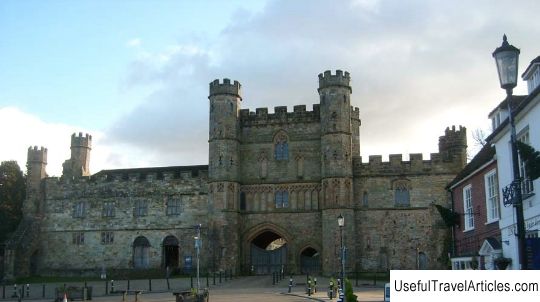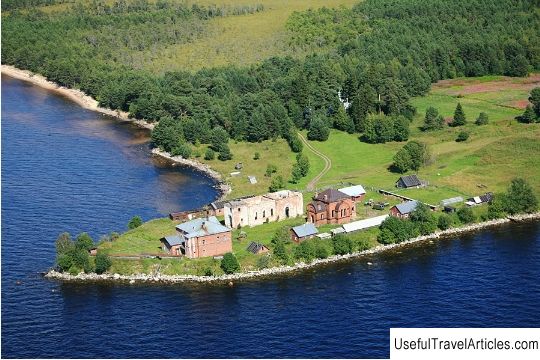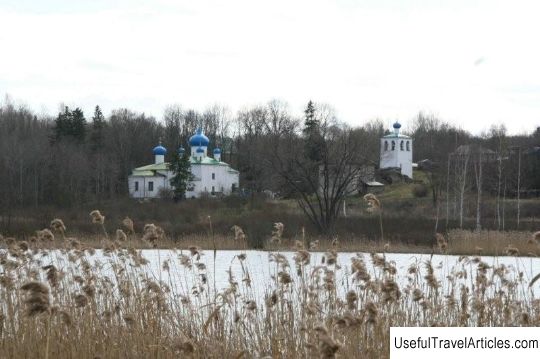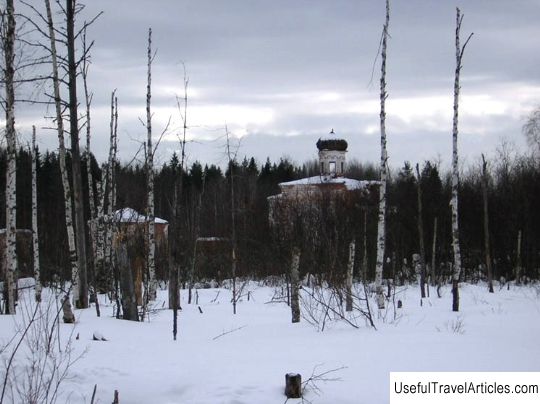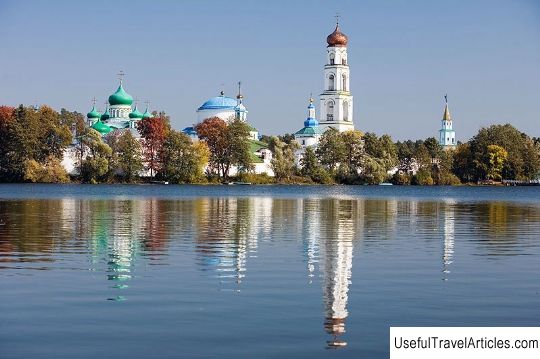Paleostrovsky Rozhdestvensky Monastery description and photos - Russia - Karelia: Medvezhyegorsky District
Rating: 7,7/10 (2132 votes) 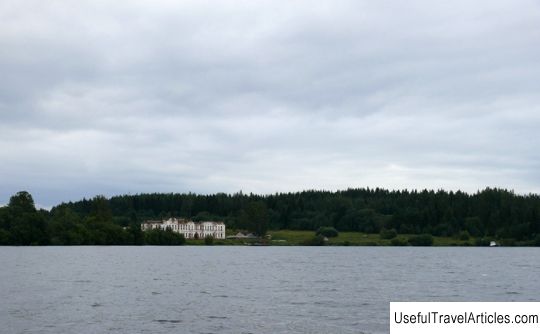
Paleostrovsky Nativity Monastery description and photos - Russia - Karelia: Medvezhegorsky District. Detailed information about the attraction. Description, photos and a map showing the nearest significant objects. Photo and descriptionOn the island of Paley, which is 6 km from the village of Tolvuya, in Lake Onega, there is the Paleostrovsky Rozhdestvensky Monastery. The founding of the monastery is closely connected with the name of the monk Cornelius. It is known from reliable facts that he was born in Pskov and spent his first monastic years in the Valaam monastery. Conducted an active educational activity among the pagans, more than once exposing himself to great danger. After long wanderings in search of a solitary life in prayer, Cornelius settled on Lake Onega, building a small cell. The news of the pious life of the monk quickly spread around the neighborhood and visitors began to drop in to him asking for spiritual guidance. Many of them asked permission to stay on the island with him. Cornelius gladly received everyone, and also helped in every possible way in the arrangement. Then, thanks to joint efforts, a church dedicated to the Nativity of the Most Holy Theotokos was built. This was the beginning of the Paleostrovsky monastery, in which the first abbot was St. Cornelius. Towards the end of his life, the Monk Cornelius led a reclusive life in a cave, where he devoted himself to prayers. After the death of Cornelius, his faithful disciple, Abraham, became the new abbot of the monastery. And Cornelius himself was buried near his cave. Later, the holy relics were transferred to the temple of the Mother of God. After some time, the possessions of the monastery began to coexist with the territories of the Murom and Khutynsky monasteries. For many centuries, starting with the Grand Duke Vasily III, the Paleostrovsky Monastery was the recipient of all kinds of charters for the land, as well as some benefits. Even during the life of Abbot Cornelius, the churches of the Prophet Elijah and St. Nicholas were founded, as well as a bell tower and new cells were built. At the beginning of the 17th century, the monastery was plundered by the Swedes. After the pogrom by 1616, it was completely deserted, there were 18 people within its walls. However, by 1646 the monastery was restored, 4 churches were rebuilt, and 44 brothers already lived in the cells. In 1654, the Paleostrovsky monastery became a place of imprisonment for Bishop Paul Kolomensky, one of the main leaders of the schism in the Russian Orthodox Church and an opponent of the reforms of Patriarch Nikon. In the years that followed, the monastery was seized by the supporters of Pavel Kolomensky more than once. So in 1687-1688, schismatic self-immolations were arranged in the monastery, in which the captive inhabitants of the Paleostrovsky monastery (the abbot and all the brethren) died. Later, the captive was sent to the Khutynsky monastery. After the tragic events, the monastery was rebuilt, but it did not work out completely, which led to a gradual desolation. So by 1905, the monastery, although it owned a large amount of land of more than 4,000 dessiatines and a capital of more than 16,500 rubles, there were not so many people within its walls. There was only one archimandrite and hierodeacon, five hieromonks, three monks and one novice. The architectural ensemble of the monastery consisted of: the Church of the Nativity of the Virgin, a small building with a house church on the second floor and a modest hotel. There were also outbuildings such as a barn, a barn, a water staircase, a bathhouse and a house for workers. Under Soviet rule, the monastery was closed, and all property was described and confiscated. The taken away church capital amounted to more than 70,000 rubles. Now a state farm has been built on the monastery land. The Church of the Nativity of the Virgin itself was closed in 1928. To our time, only a part of the building with the house church and a small piece of the stone fence have survived from the architectural ensemble.       We also recommend reading Natural and ecological museum description and photos - Belarus: Polotsk Topic: Paleostrovsky Rozhdestvensky Monastery description and photos - Russia - Karelia: Medvezhyegorsky District. |
